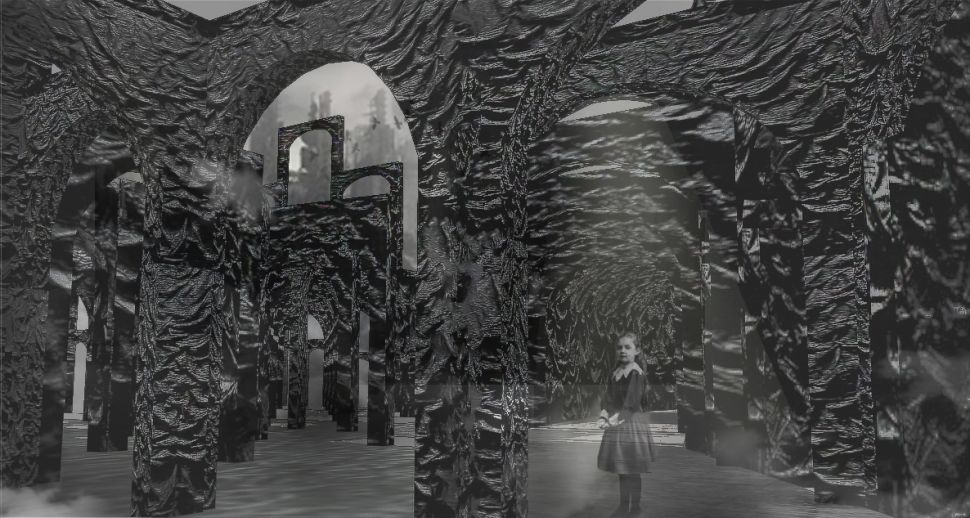In USE each student is encouraged to form an individual concept based on a thorough site analysis. The projects follow a (personal) narrative that is born out of the site’s history and its inherent potential. Students’ narratives and sites combine to develop spatial and urban strategies which, in turn, inform a proposal for a building. The atelier places great emphasis on pushing boundaries and creating bold strategies through experimentation and particularly encourages the crafting of spaces using different media including physical model making, animation and creating artefacts.
The topic for this year was to develop projects and spatial strategies that explored the nature of Pomona Island an abandoned stretch of land sandwiched between the River Irwell and the Bridgewater Canal and originally consisting of five docks serviced via the Manchester Ship Canal. The island has a rich history including being one of the most celebrated pleasure gardens of Victorian Britain.
The investigations commenced with a full day of lectures and site explorations that led to the formation of each student’s concept narrative. The students were encouraged to develop a free thesis project that could deal directly with the topic or explore a wider approach of ‘islands’. The choice of site was free which meant that either a part or the whole island could be transformed. This approach led to an astonishing variety of proportions such as the spatial transformation of the Pomona Play by Ned Bennett, an elevated promenade with an integrated capsule hotel, wildlife information facilities for beavers or birds as well as innovative housing and entertainment developments. Throughout Studio 3.1and 3.2 these ideas were developed in great detail in order to create a holistic final spatial proposal.


